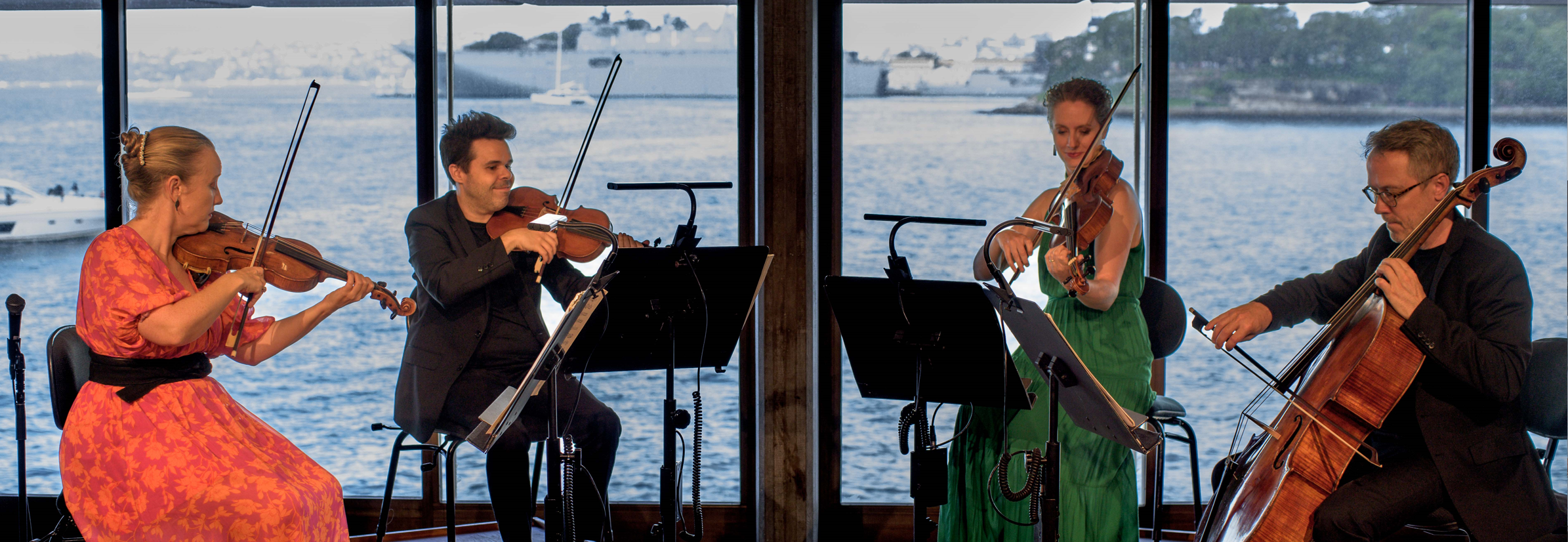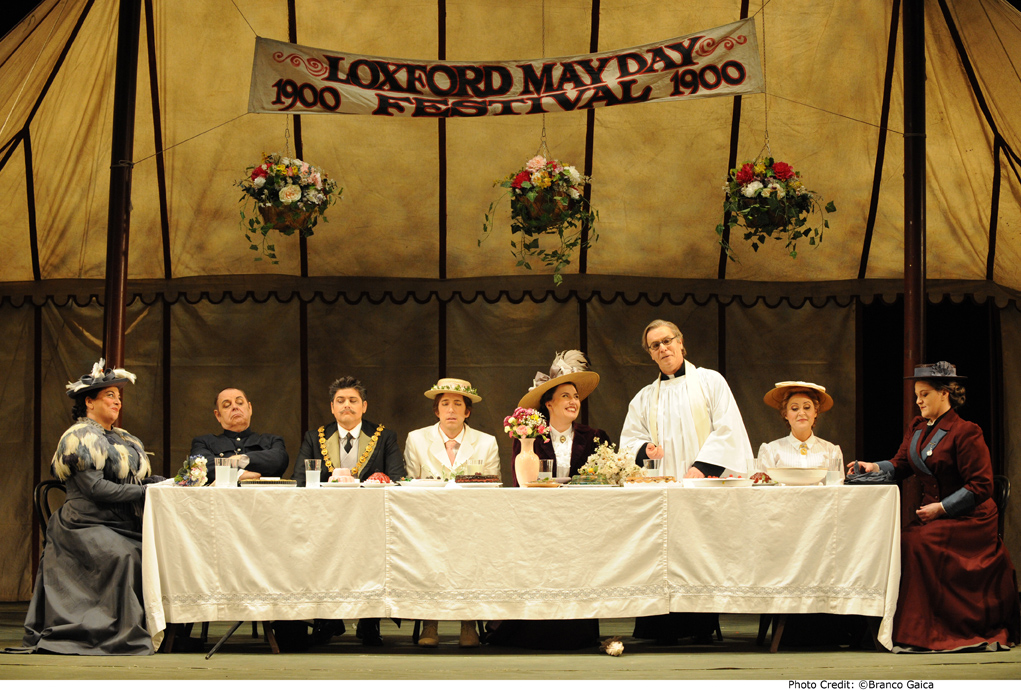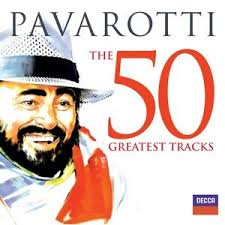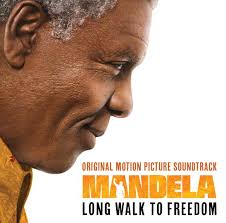Concert Review: Haydn’s Sun & Mendelssohn’s Stars/ Australian Haydn Ensemble String Quartet
Haydn’s Sun & Mendelssohn’s Stars/ Australian Haydn Ensemble String Quartet
Utzon Room, Sydney Opera House,
Sunday 19 February 2023, 5 pm
The Australian Haydn Ensemble’s Haydn’s Sun & Mendelssohn’s Stars program was inspired by the concept of the fugue, a musical form which reached its grand pinnacle during the 18th century at around the time when Haydn was still a child. Yet, the impact of this powerful musical form through subsequent centuries has been indelible.
The four musicians of the Australian Haydn Ensemble String Quartet, Matthew Greco, violin, Karina Schmitz, viola and Daniel Yeadon, cello, led from the violin by artistic director Skye McIntosh, gave voice to one of the most supreme early examples of the fugue, in selections from J S Bach’s The Art of Fugue, BWV 1080, and followed its trajectory through two chamber works of the later 18th and 19th centuries, Josef Haydn’s String Quartet in A major, opus 20 no 6 (Sun Quartets) and Felix Mendelssohn’s String Quartet in A minor opus 13.
Playing on original instruments dating from 1760 to 1973, made in Naples, Germany, Milan and London, the ensemble achieves a distinctive sound,
The advertised program placed the two string quartets on either side of the pivotal Art of Fugue. However, in a change of sequence which made as much sense, the ensemble opened the concert with this seminal work, followed by the two string quartets in chronological order.
From the masterpiece that is The Art of Fugue, the ensemble performed the Contrapunctus l – lV, the first four ‘simple’ four-part fugues of the collection, each instrument in turn introducing the theme. This collection of fugues and canons was left incomplete with its instrumentation unspecified allowing unfettered interpretations and explorations of this complex collision of mathematics and music.
The ensemble played Contrapunctus l, stating the thematic material with simple eloquence, the allocation of one instrument to each part allowing each line to sing; the French style dotted rhythms were nimbly expressed, in Contrapunctus ll moving to the intensely chromatic Contrapunctus lll with its subject inverted, and to Contrapunctus lV, inverted and layered with countering voices.
Haydn’s Opus 20 no 6 is rife with ideas. It was one of his string quartets which defined the four-movement form with two outer fast movements bracketing a slow movement and a minuet. Here, the first violin does much of the heavy lifting, except, inevitably, in the final movement Fugue, where the instruments are treated more equally. The first movement, Allegro di molto e scherzando in 6/8 time is delightfully skittish, all leaps and frilly turns from the first violin. The momentum was maintained without dwelling too much on the grand pause which presaged the recapitulation.
The second movement Adagio was a virtuosic aria for the first violin sensitively phrased by McIntosh. The second violin was silent in the trio of the third movement Menuetto, which Haydn asks be played on one string only, (sopra una corda), creating an unusual timbre to the higher notes of the soundscape.
It was an exuberant and elegant performance thus far but Haydn pleads with us not to get too light-headed, marking the Finale: Fuga a 3 soggetti (Fugue in 3 subjects) as sempre sotto voce (always in a low voice). The ensemble maintains a neat balance between Haydn’s ‘sunny’ writing and restraint, playing with vivid contrasts between themes and counter-themes.
Mendelssohn was still in his late teens in 1827, when he wrote the String Quartet in A minor op.13. He had already composed the Octet opus 20 aged 16 in 1825. The piece is tempestuous; it brims with drama, passion and the ebullience of youth. The ensemble opened with a sombre Adagio using the haunting motif Ist es wahr? (Is it true?) from Mendelssohn’s own lied Frage (op.9 no.1) which recurs through the piece drawing it together. A thrilling trill from the viola crescendos into the Allegro Vivace. Although it is the second movement Adagio non lento which contains the fugue, imitative writing is evident from the outset. Equally, there is the sense that Mendelssohn is embodying the spirit of Beethoven, who died that year.
The fugal lines of the second movement were clear, as the ensemble deftly navigated Mendelssohn’s plays with tonality. The third movement Intermezzo had the sense of a stately dance breaking into the unbridled fourth movement, Presto, with its plaintive first violin cadenza, before returning to the theme.
The Australian Haydn Ensemble explored this program with finesse, bringing together baroque structures and romantic spiritedness, creating a blissful afternoon of music on a late summer afternoon, in Sydney’s incomparable floating recital venue.
Shamistha de Soysa for SoundsLikeSydney©
Read our recent review of the Australian Haydn Ensemble’s Haydn Speaks.







